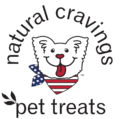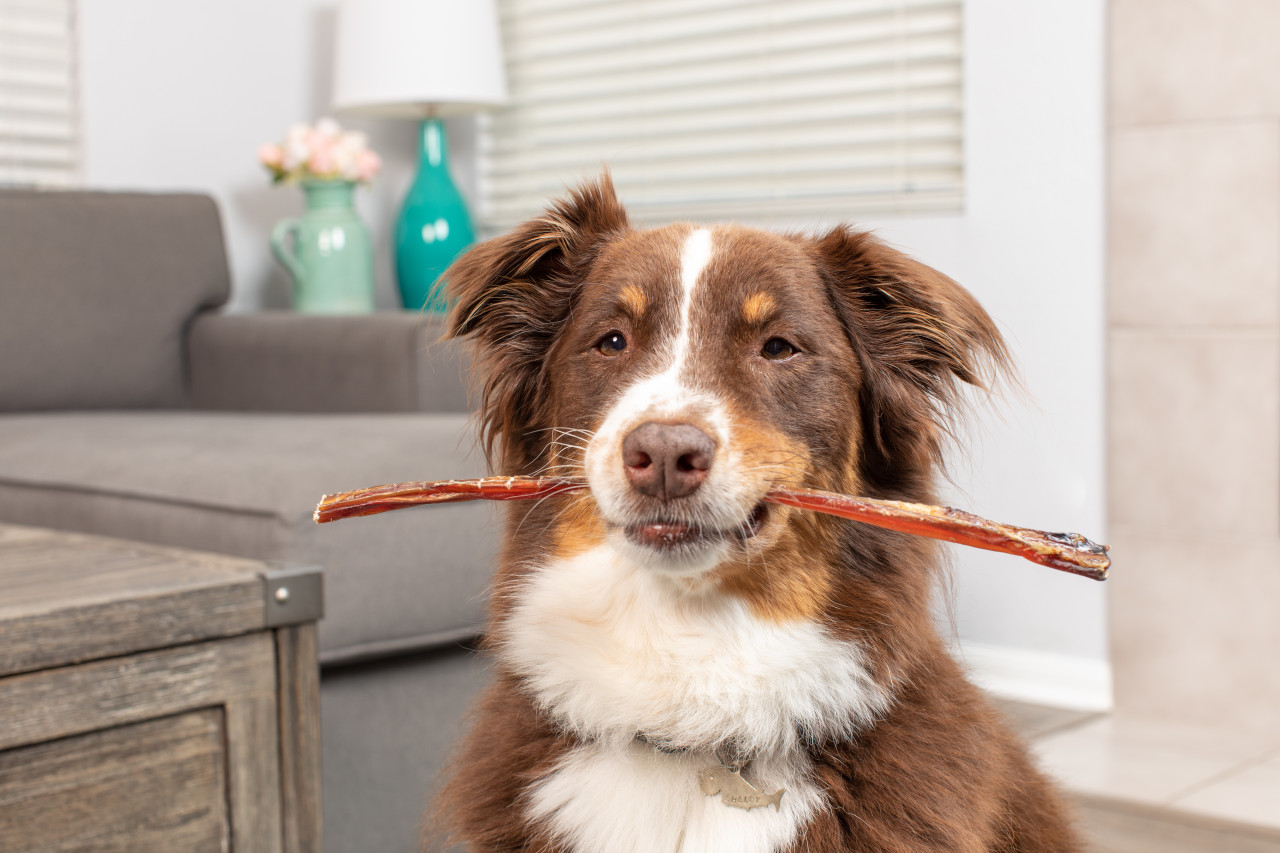Have you ever wondered about how much to feed your dog? We all want our four-legged friends to be happy, and healthy, and to live forever. But finding that perfect balance between enough food and too much can sometimes feel like a tricky puzzle to solve. In this article, we’re going to dig into the nitty-gritty of feeding your dog just the right amount.
Understanding Your Dog’s Nutritional Needs
There are a few different factors that you should consider when figuring out how much food your dog needs every day. Age, size, and activity levels all play an important role in proper nutrition. Furthermore, some health conditions can require special dietary needs.
While all commercial food is good for your dog, because of your dogs needs you may need to adjust the brand, find limited ingredients, or choose another option.
Age And Life Stage Formulas
Some dog food lines offer unique blends for age-specific groups. Puppies have different nutritional needs than adults. However, not all brands are like this. Some offer all-life stages. And that can be a bonus for multi-dog homes.
Size
Smaller dogs will naturally need less food than larger dogs. And while some breeds perform best with some added nutrients, overall size is the more important factor.
Activity Level And Exercise Requirements
Active dogs will need more nutrition than normal house dogs. Those pups who have a job, or are performing high-caliber sports should factor in some added nutrition. This means overall they will need more food than say a senior dog who only goes for a daily walk.
Health Conditions And Special Dietary Needs
Some health conditions can require your dog to eat more or less. Or they may require specific formulas. Furthermore, some dogs may have different requirements such as those who are pregnant.
Overall you should talk with a professional nutritionist to make sure your dog is getting the best food and amount for their needs. While we often think our vet knows best, they can only help so much. Veterinarians don’t generally take nutritional courses and will promote dog food brands that give them a commission.
Determining the Right Amount of Food
But how much food is the right amount? That can be a hard question to answer. Different commercial foods have different nutritional values. For example, a low-quality kibble may require 4 cups of food, whereas a high-quality raw diet might only need 2 to get the same nutrition.
The best way to determine the right amount of food for your dog is to follow the feeding directions on the package. If you are feeding your dog a homemade diet, we strongly recommend taking some professional nutritional courses.
Consult with a veterinarian to determine if your dog has any illness, restrictions, or allergies that might help you decide how much food your dog needs. For example, if your dog has diabetes, you might need to reduce the amount of food per meal to keep its sugar levels stable.
Calculate Daily Caloric Needs
Calculating your dog’s caloric needs might sound complex, but it’s not as hard as you think.
The first step is to consider your dog’s unique traits. Next, is to take their activity level into account. Also, if your furball has any health issues or special dietary needs, those are like adding a little spice to the calculation mix.
Once you’ve got all these factors jotted down, it’s time to break out the calculator. There are formulas, like the Resting Energy Requirement (RER) and Maintenance Energy Requirement (MER) that can help do the math.
But don’t stress too much about it! Unless you are making your own food you don’t need to worry too much about counting calories. Dog food brands are required to have feeding guidelines printed on their packaging.

Types of Dog Food and Feeding Methods
There are so many different commercial dog foods available on the market, it can be hard to know what choice is the best for your dog. The good news is that any food on the market will have the minimum requirements your dog needs. But some options might be better than others.
Dry Dog Food AKA Kibble
Dry kibble is a great standard food. And it’s pretty commonly loved by dogs. Dry food is great because the hard bits can help reduce plaque. Furthermore, chewing hard kibble can help keep your dog’s jaw muscles strong.
Kibble is a great option overall, and with special formulas on the market, you can tailor your dog’s diet to exactly what they need.
The biggest downside with kibble is that it can be hard to find allergen-free versions if your dog has a unique allergy. For example, chicken allergies. Even some salmon recipes have chicken meal in the ingredient list.
Wet Dog Food AKA Cans Or Pouches
Wet dog food is a bit less nutritionally dense than dry, but they are still complete formulas. And perfectly safe and healthy for your dog to eat daily. Wet food can also be used as an appetite stimulant.
Wet food can be rich for some dogs, so it might be best to have wet food alongside dry for dogs with sensitive stomachs. Wet food can also be calorie dense and when fed out of moderation can lead to excessive weight gain.
Raw Food Diet
Feeding your dog a raw food diet can be wonderful. There are commercially available raw food options that make feeding raw easier than ever. Those diets are balanced and have all the essential nutrients your dog needs to be healthy. And they can also reduce the risk of cross-contamination.
Preparing a homemade raw food diet for your dog is also an option. However, you should seek professional nutritional advice from a pet nutritionist or take some courses to ensure you aren’t missing out on something important. For example when dogs were having heart problems due to a lack of grains.
Also, a big risk when making homemade raw food for your dog is the risk of salmonella contamination. While dogs cannot get sick from this bacteria, they can spread it. And humans can become ill from this. So be sure to keep specific tools for preparing your dog’s food and keep good hygiene habits if feeding raw.
Overall you will feed your dog a smaller amount of food when compared to some other diets because it’s nutritionally dense.
Home-Cooked Meals Or Fresh Food
A fresh food diet for dogs is similar to a raw diet, except everything is gently cooked. This is a great option for those who want to feed raw, but don’t want to worry about germs as much. There are commercial fresh foods available. Some will even deliver right to your home.
The downsides are that this process can be time-consuming. And you will still need to learn in-depth about pet nutrition to learn what exactly your dog needs. You’ll also have to calculate the lost nutrients for the cooking process as well.
Feeding Guidelines
It’s important to adhere to some feeding guidelines to ensure your pup stays happy and healthy.
Stick to a Regular Feeding Schedule
Dogs love routines! And while they can’t tell time, they can identify daily patterns. Pick a mealtime that is easy to do every day. If you don’t get home until late during the week, don’t pick a time on the weekends when you can’t be home during the week..
Divide Daily Portions into Meals
Portion control can help keep your dog feeling its best. It can also help reduce the risk of bloat. Split your dog’s daily food intake into two or three meals. It helps to prevent gobbling down everything at once and keeps hunger pangs at bay.
Treats And Snacks
Healthy treats, snacks, and chews can all be a part of your dogs daily diet. And they should be! After all, it’s one of the ways that dogs know we love them. But you should keep the snacks to less than 10% of their regular diet.
Water Requirements
Always have clean fresh water available for your dog. You may pick up the bowl when it nears bedtime. Or cut off a puppy at a specific time to help them sleep through the night. Especially, during warm weather or high activity, your dog should always have access to water.
Conclusion
How much you should feed your dog doesn’t have to be a head-scratching puzzle. With a little reading of the label, it can be easy to ensure they get everything they need to stay healthy.
Every dog is unique and you may have to tailor their meals for their individual needs. Factor in their age, size, activity level, and any special health considerations.
But the most crucial ingredient in this doggy recipe? Your attention! Keep an eye on your pup’s body condition, and don’t hesitate to adjust their food portions if needed. The key is finding that perfect balance.


